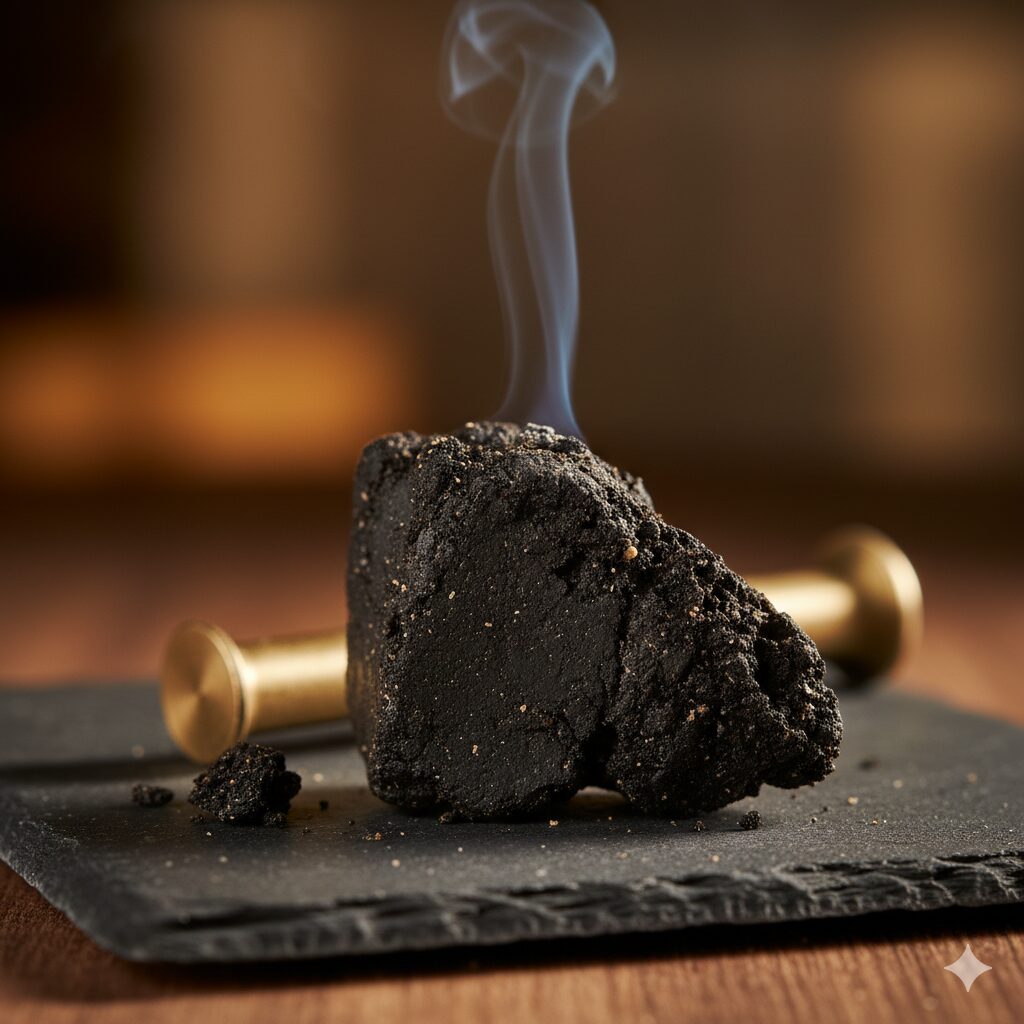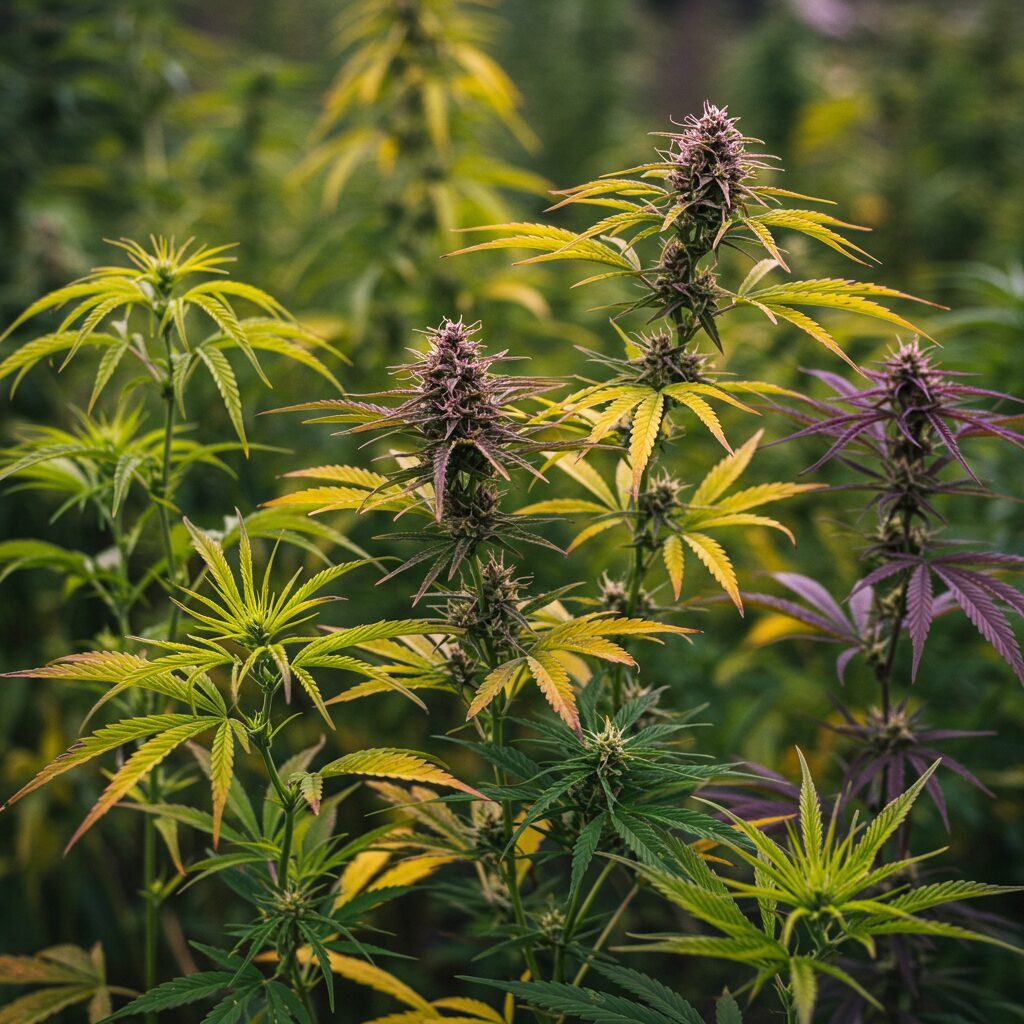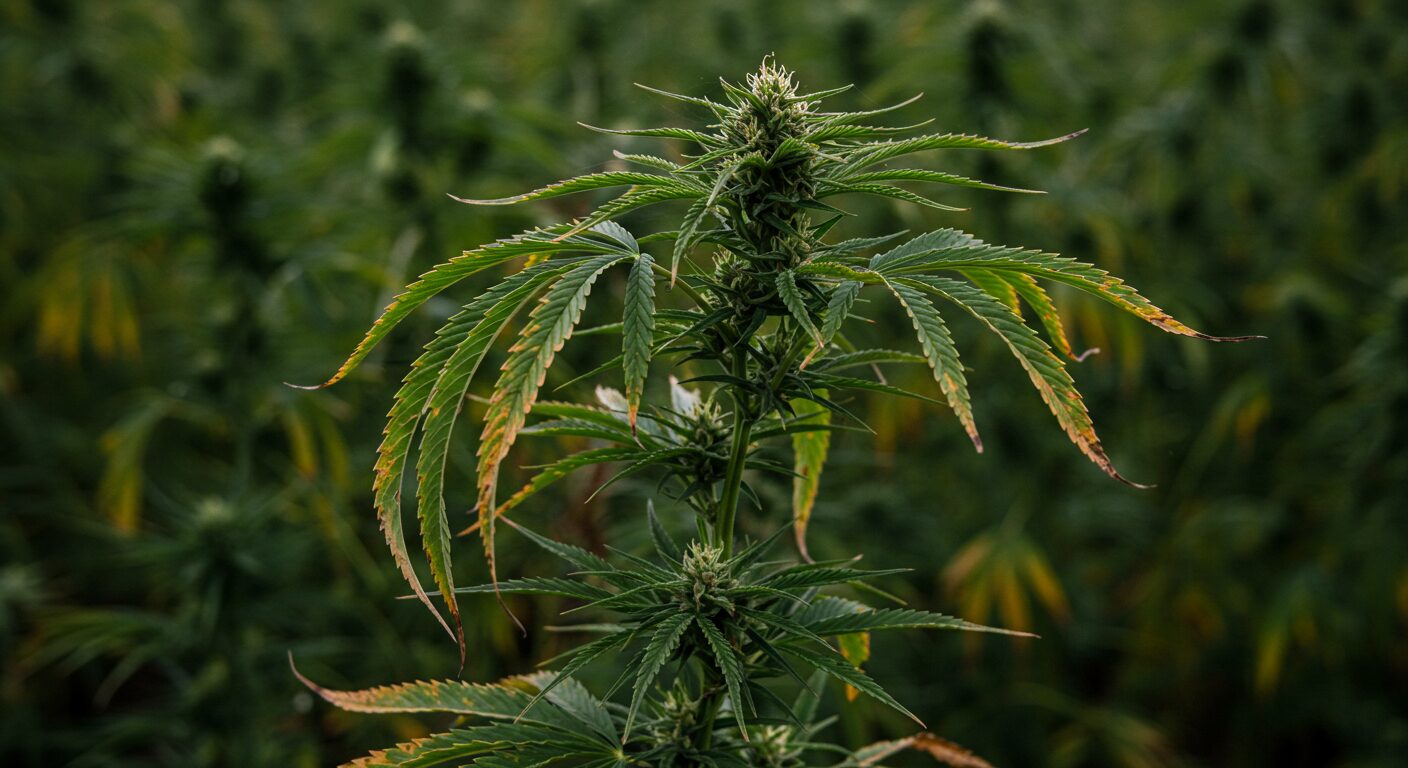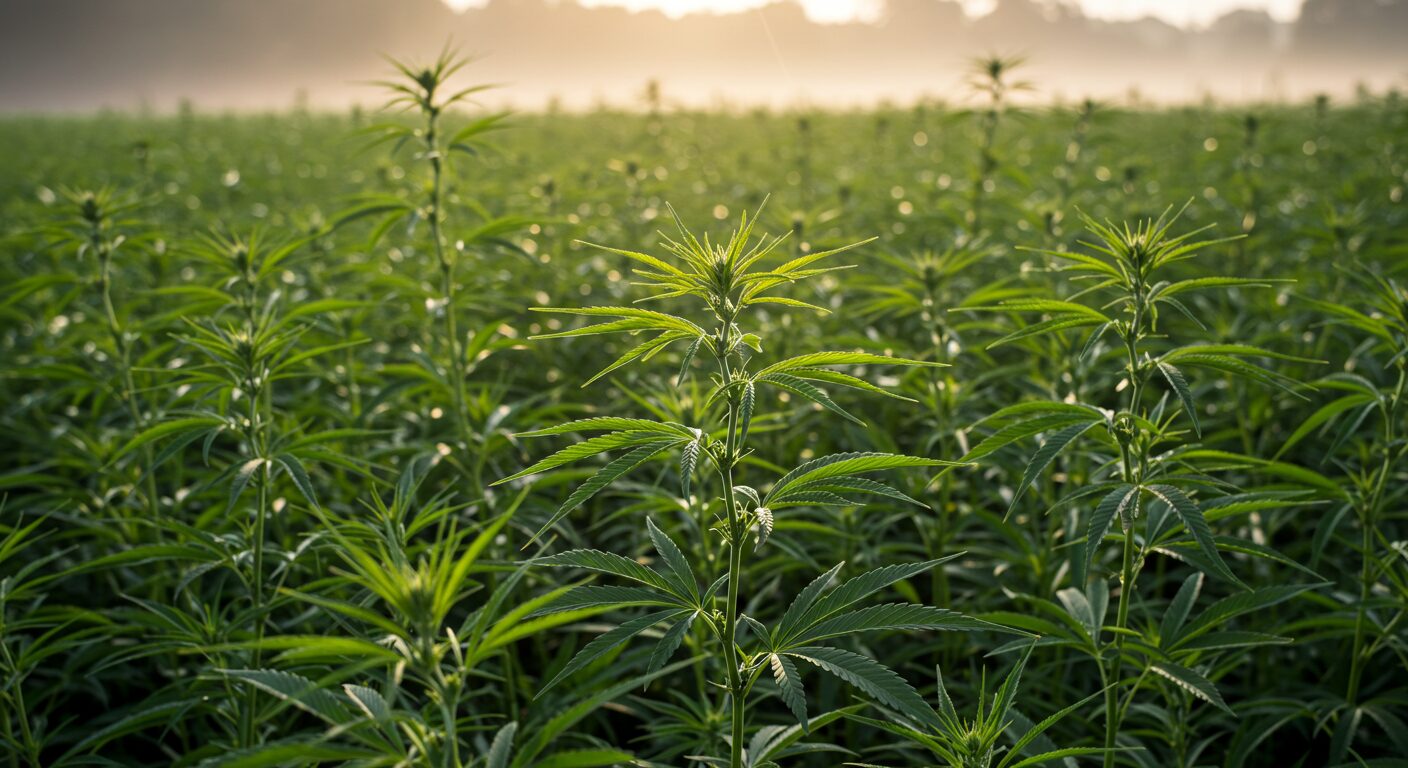

Introduction
Hemp plants have played a vital role in human civilization for thousands of years. Long before modern discussions around cannabis legalization, hemp was cultivated for its industrial value, used to make textiles, rope, food, and medicine. Yet despite its long-standing utility, hemp has also faced controversy—often misunderstood due to its association with marijuana.
In this guide, we explore the history of hemp plants, define the meaning of hemp, and examine how this ancient crop continues to shape economies, industries, and environmental practices around the world today.
To begin understanding the history of hemp, we must first ask: What is hemp?
Hemp refers to a variety of the Cannabis sativa plant species that is grown specifically for industrial or medicinal use, and it contains very low levels of THC (typically less than 0.3%). Unlike marijuana, which is cultivated for its psychoactive and medicinal effects, hemp does not produce a high.
From clothing and construction materials to CBD oil and nutritional products, hemp is known for its extraordinary versatility.

The history of hemp stretches back over 10,000 years, making it one of the earliest cultivated crops in human history.
By the first millennium, hemp had spread throughout Europe, the Middle East, and Northern Africa as a valuable agricultural and medicinal crop.
During the Middle Ages, hemp became a cornerstone of European industry, especially in sailing and commerce. Nearly all naval ropes, sails, and rigging were made from hemp due to its strength and resistance to saltwater.
Hemp played a foundational role in the agricultural history of North America.
In the 17th and 18th centuries, hemp could be used to pay taxes in certain colonies, emphasizing its value to the early American economy.

Despite its industrial success, hemp cultivation declined in the 20th century due to several converging factors:
In the late 20th and early 21st century, global interest in hemp re-emerged due to its ecological benefits, health applications, and industrial uses.
Hemp is once again being recognized for its sustainability and multi-purpose value:
The history of hemp plants is deeply intertwined with the growth of civilizations, global trade, medicine, and sustainable agriculture. From ancient China and Egypt to colonial America and modern Canada, hemp has proven to be a resilient and versatile crop with the power to meet both industrial and ecological needs.
Understanding the true meaning of hemp—a plant with no intoxicating properties but immense practical value—helps restore its rightful place in global agriculture. As hemp continues to make a modern comeback, it serves as a reminder of how nature and innovation can work hand in hand toward a greener, healthier future.
Sometimes it’s nice to put in text just to get an idea of how text will fill in a space on your website.
Who We Are
Welcome to Hash Online Canada, your trusted destination in the heart of Canada’s thriving cannabis market. We’re proud to deliver premium hash products that combine exceptional quality with unbeatable value.
Contact Us
Have questions or need help? Our expert team is here for you. Whether you're looking for product information or personalized advice, we’re ready to assist. Reach out to us today with any inquiries!
Email: [email protected]